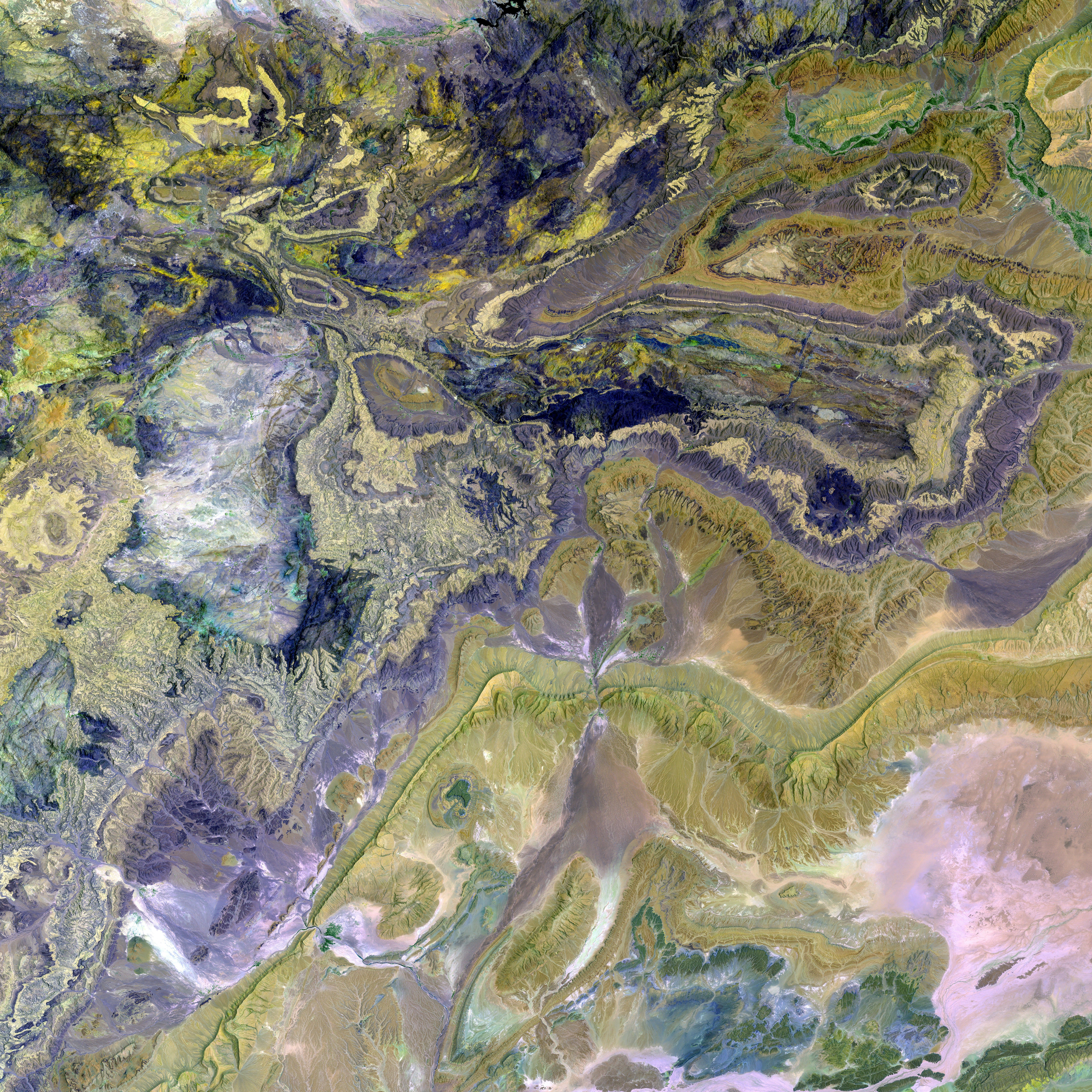Exploring the Methods Used by the Federal Reserve in Monetary Creation
Chillin' with the Fed: How They Write Cheques to the Money Market
Ever wondered how the almighty Federal Reserve, the central bank in charge of the U.S. dollars, dials up or down the money supply like a DJ spinning tracks? Well, it's not by printing stacks of paper bills; that's old school. Instead, they've got some fancy, modern tools in their arsenal to make things happen. Here's a rundown of their party playlist.
Open Market Operations (A.K.A. Dropping Bombs of Cash)
The Federal Reserve tosses cash bombs at the money market by engaging in open market operations (OMO). This is their way of buying or borrowing existing bonds from commercial banks and financial heavyweights alike. When they buy bonds, they pay them by infusing cash into the reserve accounts of member banks, thereby increasing the overall money supply. Conversely, they can sell bonds or lend them to banks, withdraw money from the accounts, and effectively take cash out of circulation.
The Discount Window (Your Last Resort for a Loan)
In a bind and in need of cash? Don't hit up the Fed for a quick loan—they're more of a lender of last resort. They've got discount windows set up in each of their Reserve Banks, where commercial banks can borrow money. The rates vary depending on the bank's creditworthiness. The primary rate, which is the one charged to the cream of the crop banks, plays a crucial role as the discount window rate, which helps the Fed set the target rate range for the federal funds rate.
Overnight Reverse Repurchases (ON RRP)
Repurchase agreements, or repos, are another tool the Fed uses to keep the federal funds rate within the target rate range. Here's how it works: the Fed can buy or sell bonds from banks with the intention of selling them back at a later date for a higher price. They can also do the reverse—sell bonds to banks with plans to buy them back at a later date for a higher price. It goes down like a crazy game of financial hot potato. The ON RRP specifically helps the Fed maintain control over the federal funds rate's lower bound.
Interest on Reserve Balances (IORB)—The Banks' Secret Stash
Commercial banks no longer have to stash their cash at the Fed, but they get paid interest for holding on to reserve balances, incentivizing them to keep some cash on hand. This interest is credited to the banks' reserve accounts, essentially creating new money that banks can lend out, leading to even more money being created. The IORB rate, set by the Fed, is the primary tool they use to keep the federal funds rate within the target range. The banks have to decide whether to lend money to other banks or hold onto their reserves and earn interest income—a tough choice, we know.
Setting the Federal Funds Target Rate Range
Back in 2019, we said goodbye to the old Federal Funds Rate (FFR) and hello to a new era. The FFR was an overnight interest rate set by the Fed for banks when they lend unused reserves to one another. With a new focus on abundant reserves, the Fed changed how it determined the FFR. To encourage banks to lend to each other and create money, they publish a target rate range derived from the rates of their other tools. The banks calculate the actual FFR using a weighted average of the rates they charge each other overnight, using it as a guide for other interest rates and as a gauge of how much money is being created or destroyed.
So, Does the Fed Print Money?
No, but they do create it. The Federal Reserve does not mint coins or print money, that's all on the Treasury Department's Bureau of Engraving and Printing and the U.S. Mint. They create new money through changes in the Fed funds target rate range, adding funds to the money supply by injecting money into the economy. Banks then create even more money by lending out surplus reserves to consumers and businesses, a process that continues to increase the overall money supply.
Pepperstone's Your Go-To for Trading Upgrades
Ready to take your trading game to the next level? Unleash your full potential with Pepperstone at Pepperstone.com.
- In the realm of crypto finance, an Initial Coin Offering (ICO) can provide liquidity for a new token by enabling trading on various platforms, allowing businesses to raise funds through the sale of digital assets.
- The economic health of a business can greatly depend on its access to liquidity, which can be influenced by its relationships with finance institutions offering trading facilities and investment plans.
- As trading volumes increase in the money market, it may put pressure on the Federal Reserve to maintain market liquidity through open market operations, thereby adjusting the federal funds rate accordingly.






